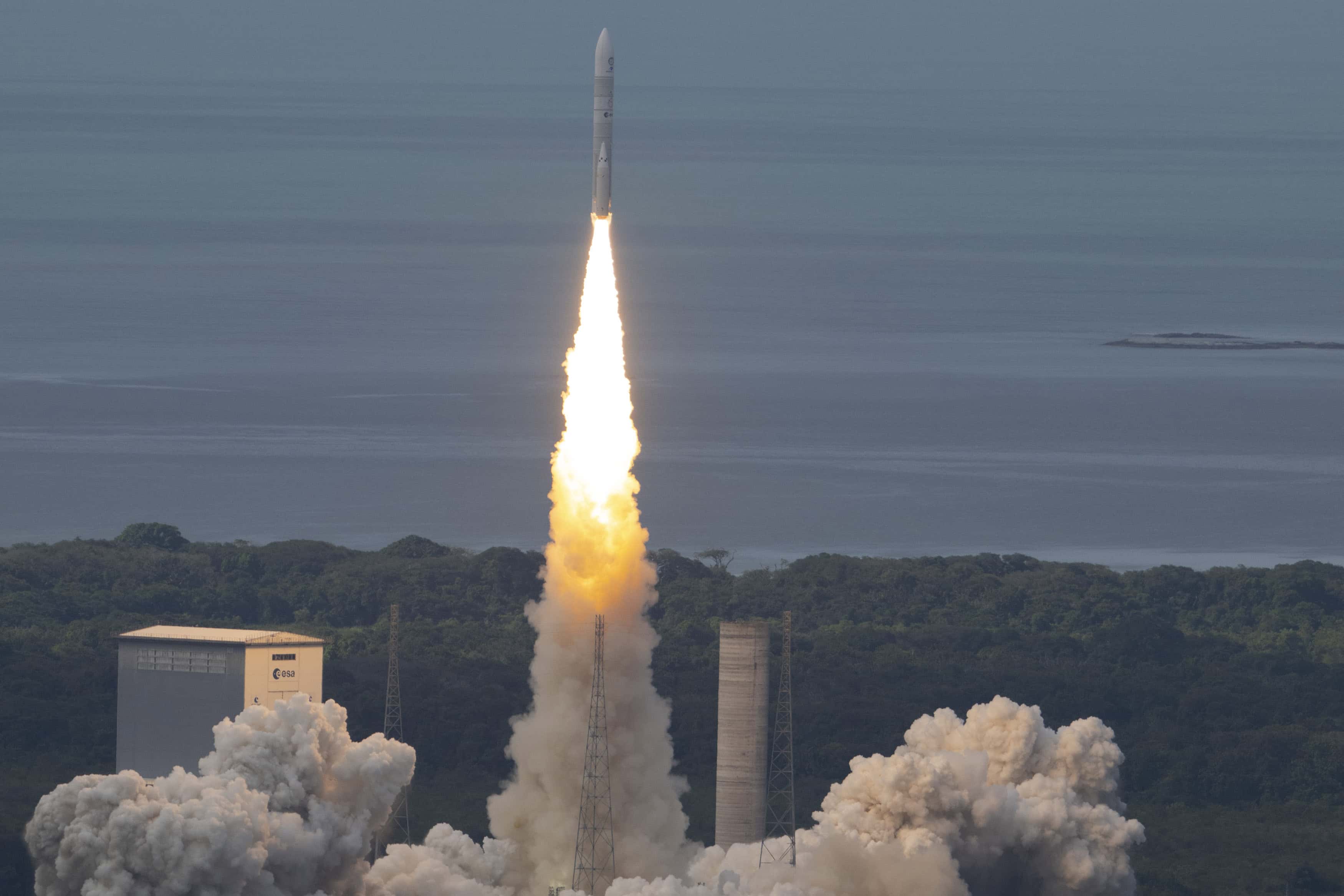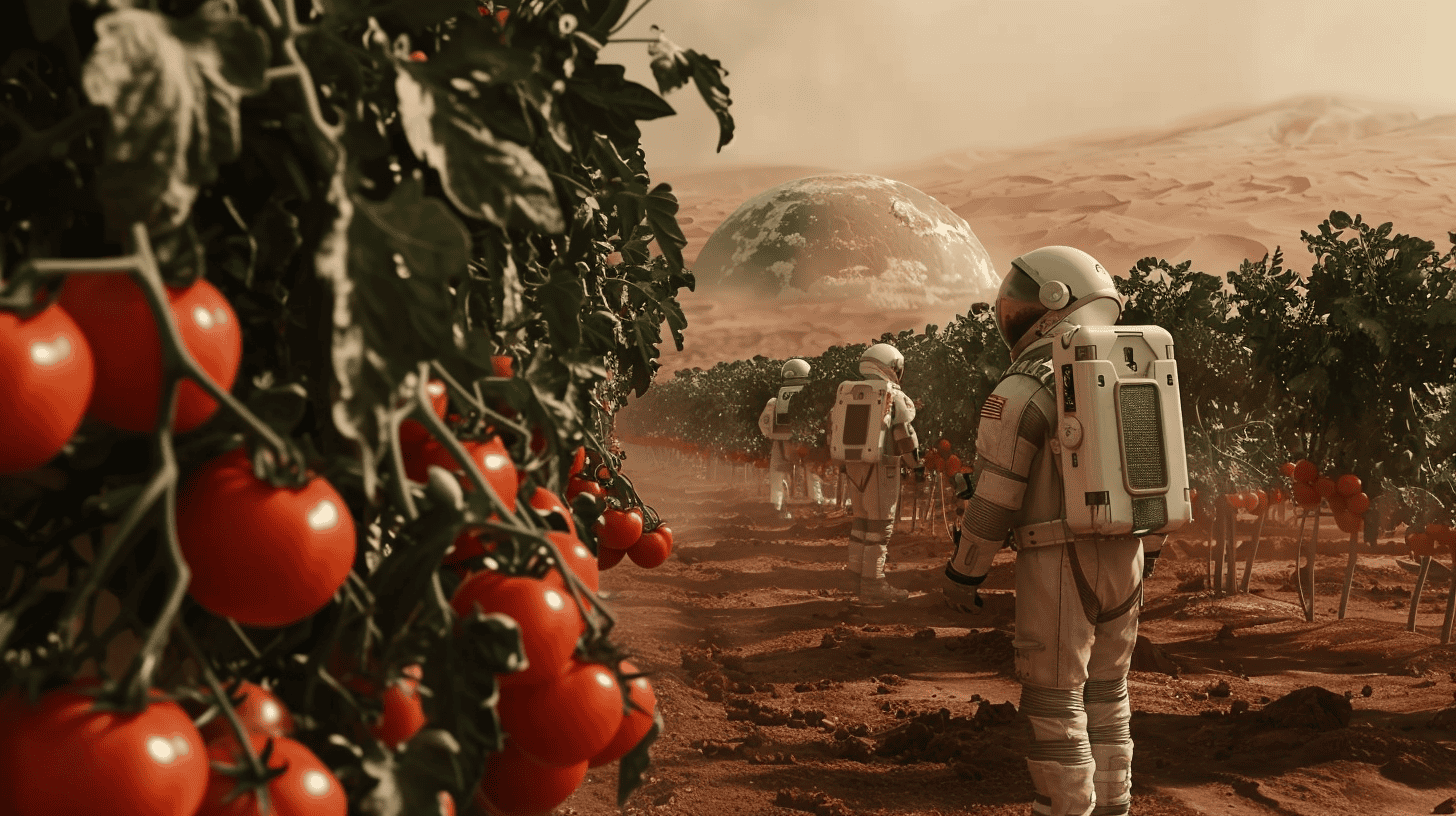
The Ariane 6 rocket, designed to be more versatile and cost-effective than its predecessor, features crucial Dutch-made components. Airbus Netherlands crafted the Vulcain Aft Bay, withstanding extreme forces and temperatures, while Aerospace Propulsion Products from Klundert (Noord-Brabant) supplied innovative igniters. Despite an upper-stage anomaly, the launch was deemed a success, positioning Europe to compete in the evolving space industry dominated by reusable rockets.
Why this is important:
Ariane 6’s success ensures Europe’s strategic independence, reducing reliance on external providers for satellite launching, essential for security and technological competitive advantage in space.
The Ariane 6 rocket, touted as Europe’s latest space marvel, lifted off from the European spaceport in French Guiana at 16:00 local time on 9 July. This launch marks the beginning of a new era for the European Space Agency (ESA), which aims to restore Europe’s autonomous access to space. The Ariane 6, developed by ArianeGroup and operated by Arianespace, replaces the retired Ariane 5, filling a critical gap in Europe’s space capabilities.
Dutch contributions to success
Key components for the Ariane 6 rocket were developed by Dutch companies. Airbus Netherlands developed the Vulcain Aft Bay, a component that must endure immense forces and high temperatures during flight. Additionally, Aerospace Propulsion Products from Klundert provided the rocket’s igniters. These igniters enable the rocket to restart multiple times in space, allowing for the deployment of satellites into different orbits and reducing space debris by ensuring the rocket’s components burn up upon re-entry.
Europe’s new space journey
The Ariane 6 project is a collaborative effort involving 13 ESA member states, with France and Germany leading the initiative. The Netherlands contributed 1.6% of the project costs. The rocket can be configured in two variants, A62 and A64, depending on the mission requirements which allows it to carry multiple satellites or be used for lunar missions. This offers flexibility and cost-efficiency.
The Ariane 6 is crucial for Europe’s strategic independence in space. With the retirement of the Ariane 5 and the grounding of the smaller Vega rocket, Europe had become reliant on foreign launchers for its satellite missions. The successful launch of Ariane 6 re-establishes Europe’s capability to autonomously send satellites into space, a significant step towards maintaining its presence in the space industry.
Challenges and missions
Although the launch was successful, the mission encountered an anomaly in the rocket’s upper stage. The shutdown of the auxiliary power unit prevented the demonstration of the rocket’s ability to stop and restart multiple times. Despite this setback, ESA officials declared the mission a success, noting that such challenges are not uncommon in inaugural flights.
The next launch is scheduled for later this year, aiming to transport satellites for the French Ministry of Defence. Airbus Netherlands is already working on an improved version of the Vulcain Aft Bay to make the rocket more efficient and capable of launching more satellites.
The European Space Agency is confident that Ariane 6’s cost-efficiency and versatility will carve out a niche for itself in the competitive space market helping Europe regain a competitive edge in the field.


